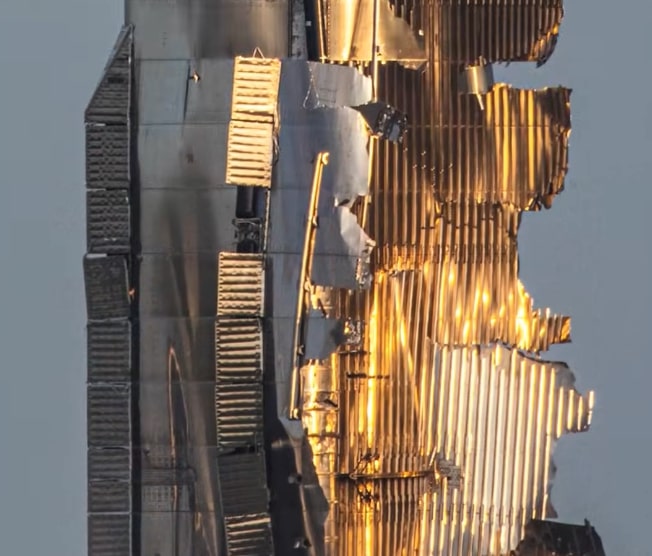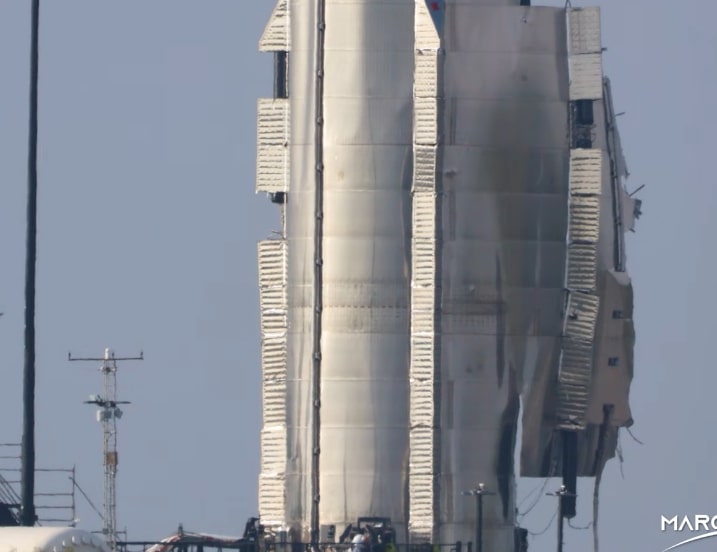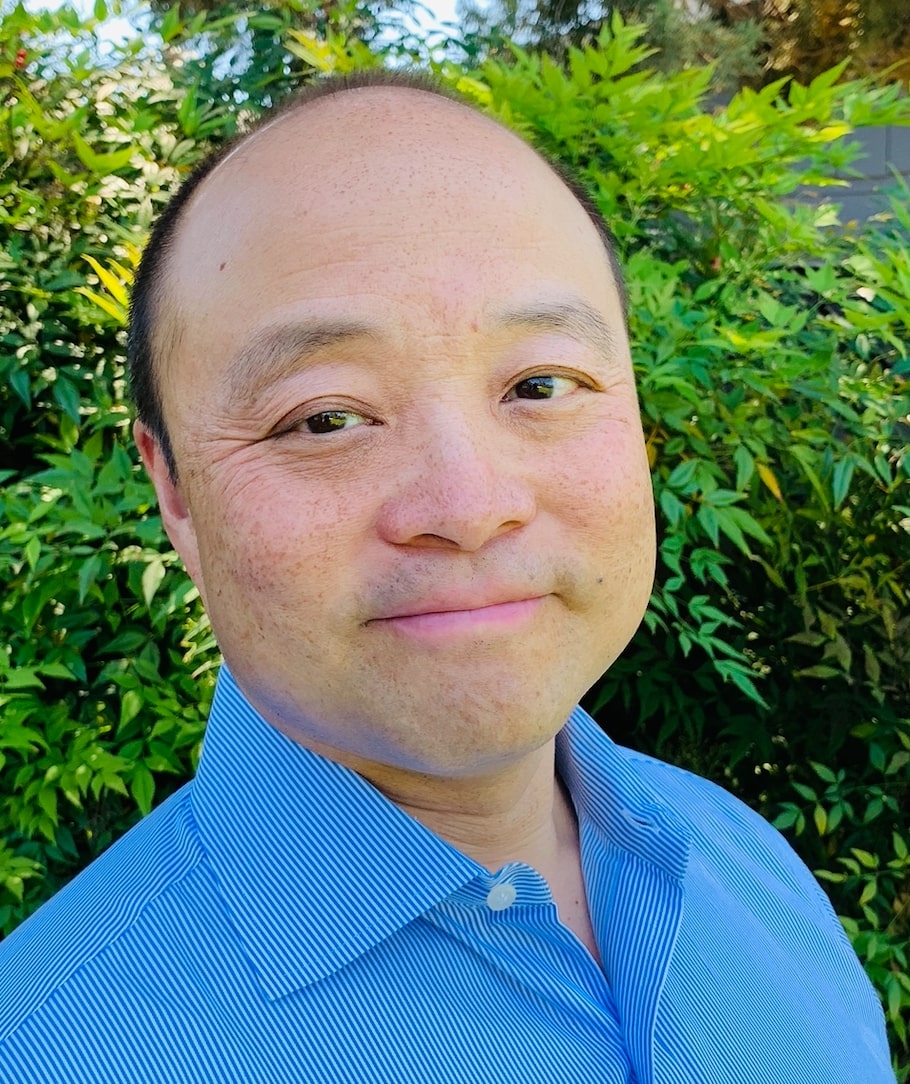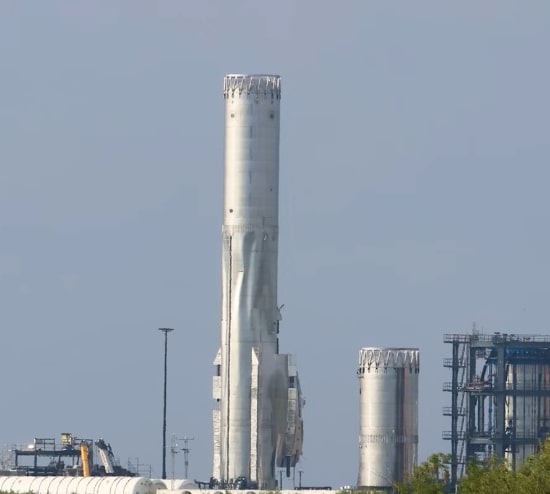The loss of Booster 18 during gas pressure testing only cost SpaceX the shell of a booster. There were no raptor engines in it.
UPDATE SpaceX says they will stack the Booster 19 Super Heavy Booster in December, 2025. They plan to keep the flight test for First Quarter 2026.
The Starbase team plans to have the next Super Heavy booster stacked in December, which puts it on pace with the test schedule planned for the first Starship V3 vehicle and associated ground systems. Starship’s twelfth flight test remains targeted for the first quarter of 2026.
— SpaceX (@SpaceX) November 22, 2025
This was the loss of only the shell, COPVs and test tank. It was a routine gas-system pressure test. It was before structural proof testing. The LOX tank ruptured around 4:04 a.m. CT on November 21, crumpling and blowing out the lower section (aft/LOX tank area) while leaving the upper structure partially intact.
Currently, the Booster is being held up by the new, larger Liquid Methane (LCH4) transfer tube, and it is unknown how SpaceX will safe this vehicle so that crews can return to Masseys. SpaceX either needs to find a way to collapse the booster safely and then clean up the scraps, or use the LR11000 crane at Masseys to stabilize it and scrap it.
The two-three month delay adjustments to avoid delay means that 2026 Starship work can still focus on NASA HLS tests and refueling work needed and keep schedules. The start and ramp of Starlink version 3 launches will not slip if launch is still good in Q1 2026.
Booster 19 hasn’t even started its stacking process in Mega Bay 1, and even if it were to start today, barring any investigation and modification time, the booster testing schedule might still be maintained.
Another consequence of this failure is that SpaceX no longer has a booster to commission Pad 2. This is a big deal, as all the tank farm equipment must be tested during vehicle loading to verify that it works correctly. SpaceX could try to modify B18.1 to fit inside the launch mount for testing, or teams could try to salvage the aft section of Booster 18 and stick some small tanks on it. SpaceX plans to have a booster in a 2-3 weeks.
If root cause ties to a V3-specific change then a minor redesign could add 1-3 months. So best case of no delay and worst case about 2 months. Three test launches at least would be needed to get to a certified V3 that is going to orbit and reusable.
Each Super Heavy requires ~28-30 rings (4m-tall stainless steel cylinders, ~9m diameter, ~1-2 tons each). ~4 for the engine section (thrust puck), ~10-12 for the LOX tank (including domes), ~10 for the methane tank, and ~4-6 for the interstage/forward section.
In 2025 SpaceX makes 300-360 rings/year (25-30/month) and this is up from ~150/month in 2024. This supports about 12 boosters/ship hulls annually, aligning with SpaceX’s 2026 goal of 25+ flights. SpaceX will increase 1000+ rings per year in 2027.


IF Root Cause is a Quality Control vs. Redesign, and Impact on Booster 19 Design
If the anomaly—a LOX tank rupture during gas pressurization—points to a quality control (QC) issue, not a fundamental design flaw requiring redesign.
Speculated triggers include weld porosity, material defect in the tank wall, or improper gas sequencing (overpressurization from a valve fault), caught early in cryo/gas testing.
SpaceX’s statement emphasizes data review for lessons learned on future prototypes, typical of iterative QC fixes (enhanced NDT scans or supplier audits).
This may not impact Booster 19’s design. B19 shares the V3 architecture but is in parallel production. As a separate vehicle, it avoids B18’s specific hardware batch. QC mitigations (additional proof tests on B18’s sibling tanks B18.1/B18.3, already at 17 cryo cycles) can be applied inline without halting the line.

Brian Wang is a Futurist Thought Leader and a popular Science blogger with 1 million readers per month. His blog Nextbigfuture.com is ranked #1 Science News Blog. It covers many disruptive technology and trends including Space, Robotics, Artificial Intelligence, Medicine, Anti-aging Biotechnology, and Nanotechnology.
Known for identifying cutting edge technologies, he is currently a Co-Founder of a startup and fundraiser for high potential early-stage companies. He is the Head of Research for Allocations for deep technology investments and an Angel Investor at Space Angels.
A frequent speaker at corporations, he has been a TEDx speaker, a Singularity University speaker and guest at numerous interviews for radio and podcasts. He is open to public speaking and advising engagements.


